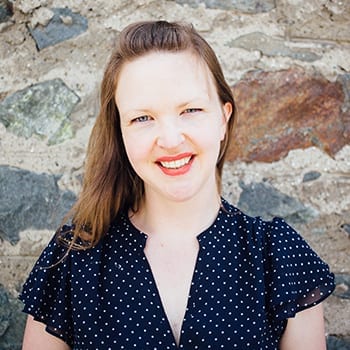September 16, 2016
Shonagh MacRae
Engaging Your Spanish-Speaking Community: 4 Considerations
Connecting with the Spanish-speaking community is a key challenge for many of our customers. This is partly because traditional outreach methods tend to create silos based on language that reinforce a sense of being outside of the dominant culture. This dynamic also denies community members the opportunity to learn from one another. ThoughtExchange, on the other hand, brings all voices into one conversation, and helps participants understand, and connect around, what they have in common.
To help meet the challenge of engaging diverse communities, our team of Facilitators undertake personal projects to deepen our collective understanding. This summer, Christine Duguay looked into the barriers to, and most effective solutions for, engaging Spanish-speaking communities.
Looking at the insights that came out of her work, as well as the real-world Spanish-language engagement experience we’ve had to date, there are four key considerations that can help make engagements more inclusive.
1) Integrated Engagement is Important
In our dual language engagements, participants take part in the same process. Each thought, regardless of whether it was entered in English or Spanish, will be seen and considered by the entire group. By doing this, the final results are a fair representation of the entire community, and each community is able to learn from the other. This approach also lays a foundation of equity, which is an important philosophical underpinning when engaging with diverse communities.
Question: Do your current approaches to engagement even the playing field?
2) Mobile First and Continuous Improvement
“ThoughtExchange is an effective way to get people engaged. They don’t have to go somewhere to find it, it just pops up on their phone, and you’re able to click on it. I think it’s really important because it can keep your community plugged into what’s going on in schools with their kids.”
– Dr. David Faltys, Superintendent, Carroll Independent School District (TX)
Mobile devices are being used across all demographic groups and this trend is especially strong in Hispanic communities. Christine found that almost 50% of Hispanic households do not have access to broadband. Instead, they access the internet on their smart phones, and they do this at the highest rate in the country.
“ThoughtExchange’s mobile opportunities were also very important to us because many more people in our community have access to mobile devices than to computers.”
– Rosemary O’Neil, Communications Director, Monroe Public Schools (WA)
Tip: Consider sending out a participation link using text message.
3) Translation in Context
A community can be characterized by regional differences in phrasing and this holds true for the Spanish-speaking community. While we do offer full translation services, we recommend working with local translators who can verify that the Spanish messaging resonates with your local community.
Tip: Have translators test-run the Spanish version of your ThoughtExchange to see how subtle nuances in language might affect the participant experience.
4) Strategic from the Beginning
Engaging diverse groups of stakeholders is not easy work. Starting with a strategic approach creates a solid foundation for success. Some questions to consider as you plan to engage your Spanish-speaking community are:
- What are some commonly held values around education? Why should community members take part? What are some of the potential benefits to participating?
- How can you leverage these values in your outreach and messaging to reach this community?
- Who is influential within your local Hispanic community and can they be brought into the conversation during the planning stages?
What has been effective in your community when engaging non-English speakers? What are some of the challenges and do you see this growing as a priority in the future?



